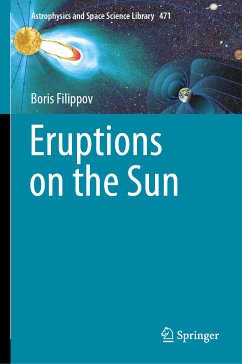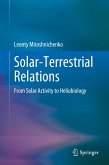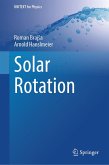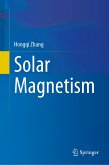Much attention is paid to the solar magnetic fields, their characteristic features and measured values in the photosphere, the observed manifestations in the chromosphere and corona, and methods for extrapolating photospheric data to the upper layers of the solar atmosphere. It is assumed that the magnetic field is the source of energy suddenly released during eruptive phenomena observed in the form of flares, prominence eruptions and coronal mass ejections (CMEs). Energy is accumulated and stored in the non-potential (associated with electric currents) part of the coronal magnetic field (free magnetic energy). This part of the field is the most variable and can provide energy for fast eruptive processes. CMEs, propagating through the interplanetary medium, significantly perturb it and cause the strongest geomagnetic storms when they affect the Earth's magnetosphere. The prediction of the arrival of the CME is the key problem of the entire space weather forecast. Thus, pre-eruptive conditions in CME source regions are of great importance. Solar prominences and filaments are considered the most likely progenitors of CMEs.
Most of the book is devoted to the description and analysis of their equilibrium and stability. It is shown that there are measurable characteristics of the proximity of the prominence to the instability threshold, which can be very useful in the problem of space weather forecasting. The book contains many illustrations and links to the latest scientific articles and reviews on the topic. It will be useful to researchers in the field of astrophysics, solar physics, geophysics, as well as PhD and graduate students.
Dieser Download kann aus rechtlichen Gründen nur mit Rechnungsadresse in A, B, BG, CY, CZ, D, DK, EW, E, FIN, F, GR, HR, H, IRL, I, LT, L, LR, M, NL, PL, P, R, S, SLO, SK ausgeliefert werden.









